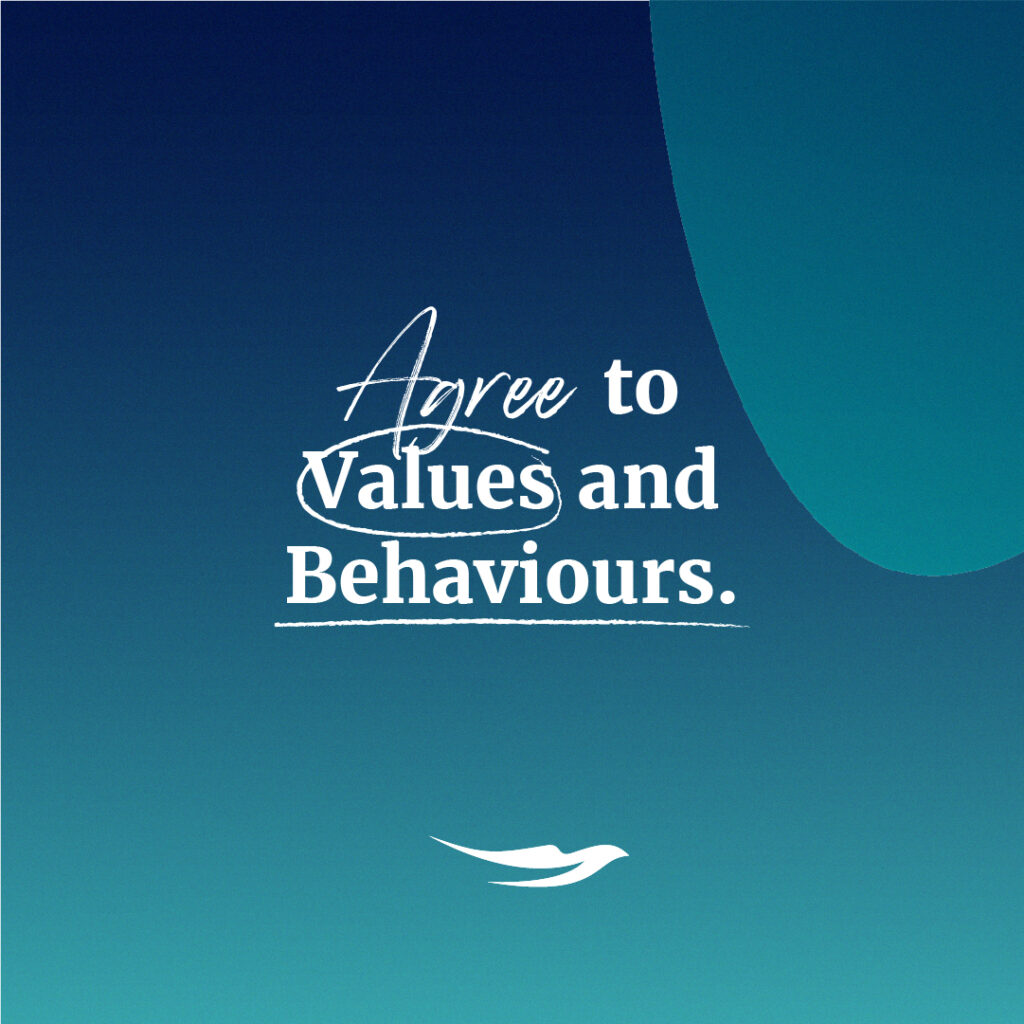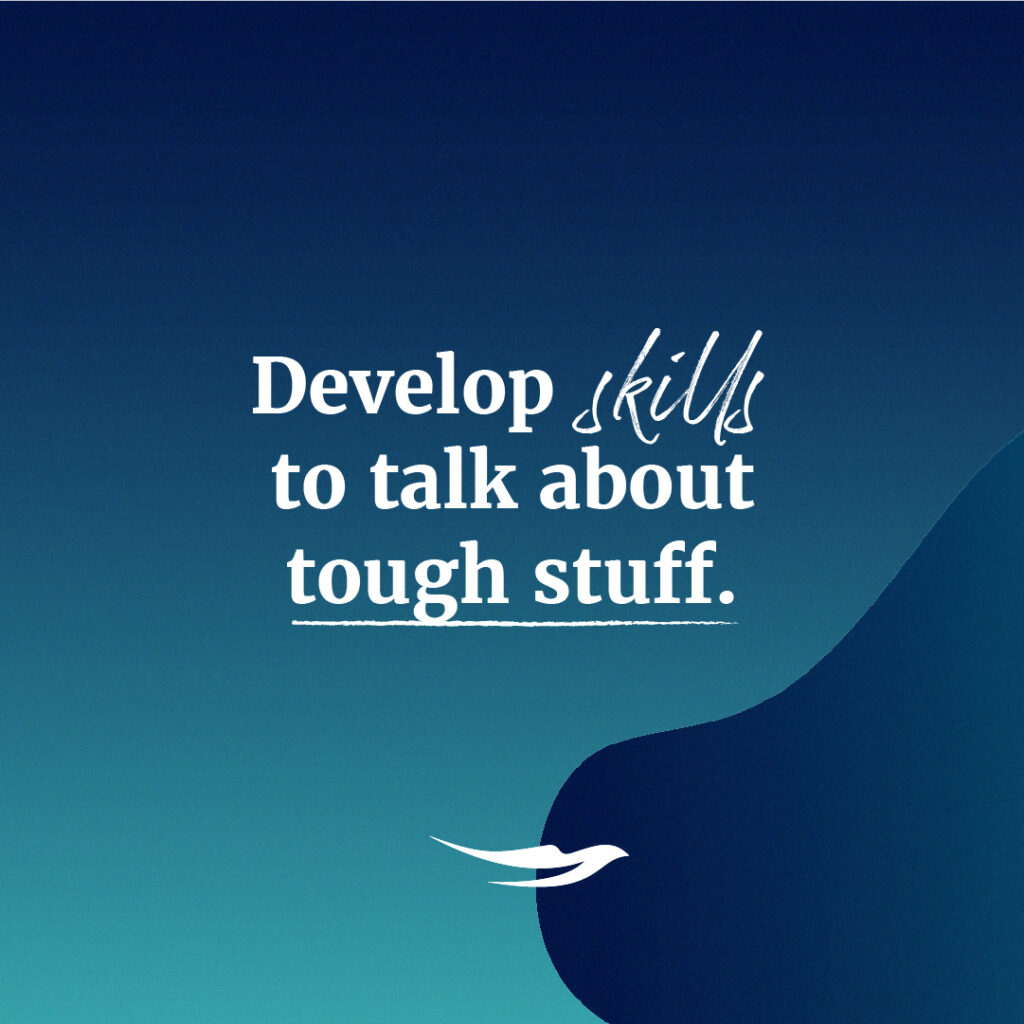How to Build a Great Leadership Team
Top Trending Posts

Last week, a friend asked if we knew how to build a great Leadership Team. Our immediate response was “yes”. It surprised us how quickly we responded and then we reflected on how many times we have been charged to do this in organisational life.
The request we received was not from the domain of business but one that brings together multiple stakeholders with a passion for sustainability. This is a passion we share and our commitment as a business to creating a socially just and environmentally sustainable business had us reflect on her question “what makes a great Leadership Team in any context?”
Regardless of which domain you work in, we believe the following eight Domains of Teaming apply.
1. Know What Makes You Tick

Assuming you’re reading this as the ‘would be’ Leader, it is essential that you have an insight into and an understanding of yourself. This goes beyond your behaviours to the beliefs and values you hold to your enactment of them, the narrative you live and lead from and how this shapes your ‘leadership’ style.
In our work we suggest that understanding yourself is a lifelong pursuit that takes each Leader along a pathway towards more conscious and considered leadership. This pathway integrates self-understanding with experience that helps you interpret ways to respond to the many challenges and opportunities you may experience in any role as ‘Leader’.
There is a myriad of ways to begin to discover more about you, and curiosity is key! Consider learning about your strengths through the Gallup Strengths Profile, or undertaking an Enneagram Assessment to understand more about your motivations and fears, or a 360 such as The Leadership Circle Profile to gain insights about yourself and how others experience your style – both the constructive and less constructive aspects.
2. Know What Makes Others Tick

The quality of relationships and your capacity to converse with your teammates and colleagues is critical in a great Leadership Team. This includes understanding each other’s lives and interests as well as understanding the drivers and stressors of your teammates and their behaviours. When working in a Team it’s likely you’ll observe behaviours in others that differ to what you might do (and think of doing) yourself. It’s easy to be surprised or even offended by these – and much more helpful for you to be accepting and curious. It takes a great deal of emotional intelligence to stay open and ‘work with’ differences rather than resisting or opposing them. We advocate behaviours that seek to understand, explore, and respond as a far more constructive way to interact, collaborate, and achieve ‘together’.
Different styles, insights and preferences can be harnessed as a strength within your Team. Consider spending some ‘time to get to know each other as humans’ or undertaking a DiSC Assessment to discover the range of behavioural preferences within your Team, and how these differ as a pathway to building relationships AND results.
3. Get Clear on What Your Enterprise Stands For

At an Organisational level, this might be your Vision (a statement of future intent that connects you to ‘why’ you pursue your role) or Mission/Purpose which is a statement that succinctly describes what you do in your Enterprise/the role your Enterprise fulfils. If your Team is a couple of levels deep, you might even come up with a Mission or Purpose Statement that your Team identifies with – so long as it connects with the overarching Vision and Purpose of your Enterprise. If you are a newly formed Team, the Mission/Purpose and Vision Statements are critical to agree on since they will guide decisions and direction. They can also be remarkably helpful at points where fundamental disagreements arise in the formation of a new entity/new Team.
4. Get Clear on ‘Strategy’

A clear Business (or community of practice) Strategy will define what you will focus on achieving and how you will do it. In a Harvard Business Review, Michael Watkins suggests a good Strategy provides
“A clear roadmap, consisting of a set of guiding principles or rules, that defines the actions people in the business should take (and not take) and the things they should prioritize (and not prioritize) to achieve desired goals”.
Typically, a Business Strategy is established for about three years and when followed, guides the effort required to fulfil the strategic aspiration. A duration of three years is adequate time to mobilise required resources and begin to make headway towards the Vision and Mission of the Organisation. Reviews of the Strategy should happen each year and tweaks are likely – especially in today’s disrupted context.
Finally, it is helpful to have a couple of versions of your Strategy that can be shared at different levels of your Organisation. A more detailed one for Managers and Leaders, which they ideally have input into, and a more general one for staff and other stakeholders to communicate the strategic direction of your Enterprise.
5. Agree to Values and Behaviours

It is not enough to simply understand what you stand for as a collective; you will also need an agreed way of working when it comes to how your people interact with each other. This should be aligned to the Mission/Purpose of your Enterprise and the kinds of behaviours you adopt and enforce are likely to reflect the industry you’re in. Values are typically one or a couple of words or short statements that describe how you want people to ‘show up’ in their interactions. For example, respect, integrity, care and fun are some examples of values. Associated with these values should be clear behavioural descriptors so that people understand how to live each of the values. For example, respect may include ‘we listen to understand’, or ‘we do what we promise’. Clear behavioural descriptors make it easier for people working within your Enterprise to understand what any ‘value’ looks like as a behaviour and hold each other accountable to that. These can be agreed to at a Team level as well as an Enterprise level.
In our experience, this is one area of organisational life where cultures are either transformed or eroded. If you represent the highest level of leadership and choose a handful of behaviours that you agree to consistently enact and which truly enable your Strategy, you will establish a strong blueprint for success.
6. Identify Key Commitments

No matter what role each person plays within a great Leadership Team, there will be core commitments that unite the Team. In the absence of identifying these commitments, Leaders can be committed to different versions of success, and this is unhelpful for focusing the efforts of the Team. It is ideal if a Team makes these explicit, ensures they’re aligned to Strategy, documents them and collectively commits to them.
Commitments are unique for each Team however they typically reinforce the importance of the Team (over the individual) and reinforce the way that Leaders support and enable the Strategy and decision making. Commitments can range from “always representing a united Team to all stakeholders” to “involving all voices in Team conversations” and “embracing diversity and inclusion within the Team and Organisation” and “celebrating our successes and having fun”.
7. Develop Skills to Talk About Tough Stuff

This is what sets the good and great Leadership Teams apart – the capacity to discuss difficult and controversial ideas or topics without reverting to blame, aggression, or any other unhelpful emotion.
This is an advanced leadership capability that is enabled by Domain #1 – Know What Makes You Tick. – Your sense of self-awareness and capacity to recognise and understand your own provocation, particularly when what is shared or done contravenes your standards. You need to cultivate the capacity and willingness to shift moods to be able to stay present, explore and collaborate rather than attack and defend. Skills like these rely on you and other Leaders to ‘create a space’ for each other to share candidly and to demonstrate the courage to speak up.
As with many skills of successful Teams, practice makes perfect. It can be helpful to engage a Team Coach that can help you move through the stages of the conversation which include beginning with the narratives and perspectives, moving to a shared understanding, exploring possibilities and finally making decisions and committing to them.
8. Skills to Reflect, Reframe and Mobilise

Organisations are complex, ever-changing collectives of people who define their success through the way they communicate, relate and coordinate with each other. In addition to superior communication capabilities, a great Team of Leaders invests personal and shared time in reflective practice to harness lessons learned. Reflective practice requires deliberately allocating time to review progress, learn from mistakes, identify successes, and candidly discuss perspectives on current and future directions. This may include changing or flexing direction, or including new information that further informs decision-making in a constructive way. The best Leadership Teams we work with are able to introduce ideas, gain shared understanding for the range of discussions, explore the merits associated with possibilities, make robust decisions and mobilise action including allocating accountability.
As you may appreciate, these characteristics of a great Leadership Team are not mutually exclusive. They intersect and require personal and shared commitment, some technical exposure, and the capacity to ‘be with others’ in the way you communicate and collaborate. Ultimately however, it is your capacity as a Leader to stay present, listen, communicate well and lead with curiosity and conviction that will create a space where others can flourish.
If you would like help or support to develop any or all of these characteristics of a great Leadership Team, please reach out to us for a conversation.
Share This
Top Trending Posts
Sign Up
to our blogs and receive regular updates.

Stay in the Conversation
with Liberated Leaders...






